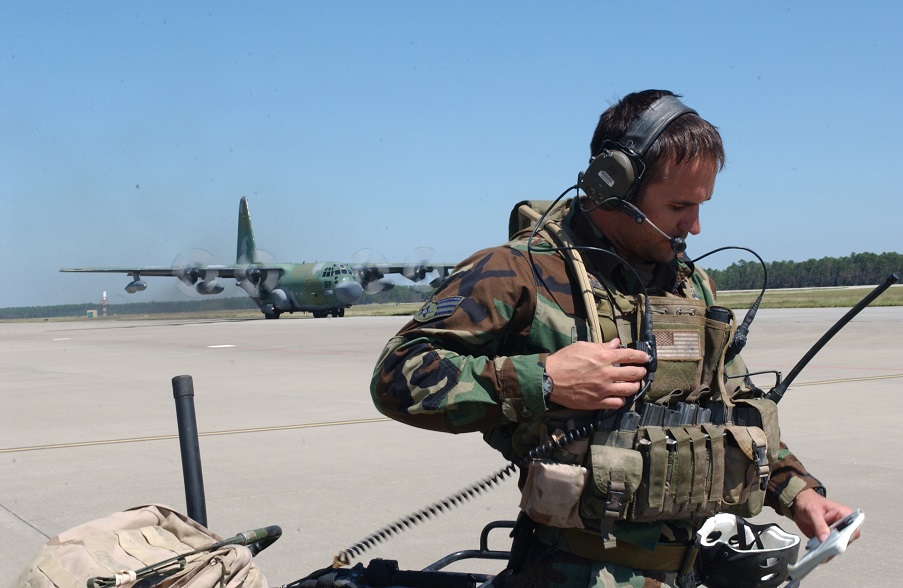This post is also available in:
 עברית (Hebrew)
עברית (Hebrew)
The US military has been facing various challenges in internet-connected, robot-rich congested and contested battlefields. In search for solutions, the U.S. Army Research Laboratory recently announced the University of Illinois at and the University of Pennsylvania as lead research organizations for two enterprise research programs.
Through its Internet of Battlefield Things (IoBT) Collaborative Research Alliance, the Army has assembled a team to conduct basic and applied research involving the explosive growth of interconnected sensing and actuating technologies that include distributed and mobile communications, networks of information-driven devices, and artificially intelligent services, and how ubiquitous “things” present imposing adversarial challenges for the Army, according to eurekalert.org.
Through its Distributed and Collaborative Intelligent Systems (DCIST) Collaborative Research Alliance (CRA), the Army will perform enabling basic and applied research to extend the reach, situational awareness, and operational effectiveness of large heterogeneous teams of intelligent systems and Soldiers against dynamic threats in complex and contested environments and provide technical and operational superiority through fast, intelligent, resilient and collaborative behaviors.
The U.S. Army’s operational competitive advantage in a multi-domain battle will be realized through technology dominance, said ARL Director Dr. Philip Perconti. “Given the complexity of the world and the uncertainties in the world, our biggest priority is ensuring the Army has options available from a materiel point of view.”
According to recently published ARL documents on IoBT, the battlespace itself will consist of active enemy, friendly, and non-participant information-driven resources capable of affecting the physical world, where deception will be the norm, resource ownership and other boundaries will be diverse and transient, and the operational environment – whether megacities or rural – will be dynamic. These IoBT characteristics all translate into increased complexity for the warfighter, particularly because current, commonly available, interconnected “things” will exist in the battlefield and be increasingly intelligent, obfuscated, and pervasive.
Alliance members leading IoBT research areas include UIUC, University of Massachusetts, University of California-Los Angeles and University of Southern California. Other members include Carnegie Mellon University, University of California Berkeley and SRI International.


























